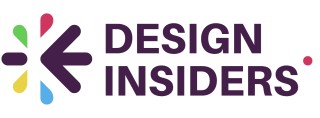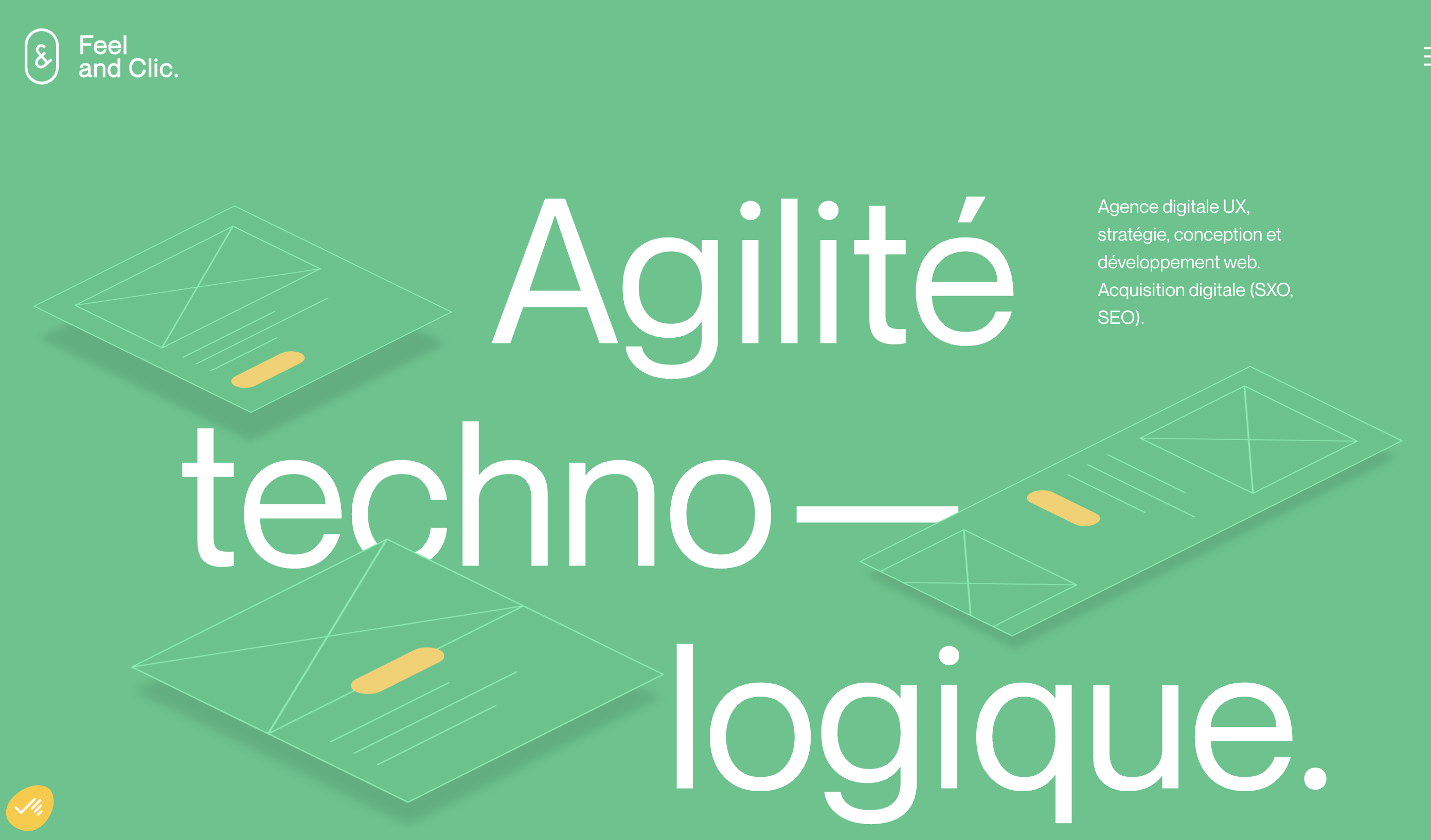Understanding the Core Elements of Design
Unveiling the Building Blocks of Graphic Design
Understanding the core elements of graphic design is essential for crafting compelling visuals that engage and inform the viewer. Every design project, whether complex or simple, relies on these fundamental elements.
The primary components that make up any design include line, shape, color, texture, and space. Each of these elements plays a crucial role in shaping the message and aesthetics.
- Line: Lines direct the viewer's eye, create movement, and frame important areas. They can be straight, curved, or patterned to add structure to a design.
- Shape: Basic shapes—whether geometric or organic—form the foundation on which more complex graphics are built. Shapes impact the visual hierarchy and balance of a layout.
- Color: Crucial for driving emotion and conveying messages, color can redirect the viewer's eye and create a cohesive brand identity. Understanding color theory helps in making informed choices.
- Texture: Though often subtle, texture adds depth to designs and can evoke both tactile and visual experiences, enhancing visual interest.
- Space: Both positive and negative space (including white space) create a balanced composition, guiding the viewer through the design.
Graphic designers master these elements through consistent practice and study, enabling them to create designs that are aesthetically pleasing and effective. The principles of design—balance, contrast, repetition—work hand-in-hand with these elements to enhance clarity and impact.
For those looking to thrive in digital graphic design, understanding these core elements is pivotal. Reading
graphic design trends can provide insights into current approaches and innovative strategies.
The Role of Balance and Alignment
Crafting Equilibrium in Your Designs
Creating a visually appealing graphic design relies heavily on the successful implementation of balance and alignment. Understanding these principles ensures that design elements are distributed in a harmonious fashion, leading to an overall sense of order and stability. Whether you are working with digital or print media, integrating these concepts is essential for effective communication.
Balance can be perceived in different forms - symmetrical, asymmetrical, and radial. Symmetrical balance gives a mirror-like feel to designs, maintaining an equal weight on all sides, while asymmetrical balance uses contrasting colors or shapes to forge visual interest and movement. Radial balance projects elements around a central point, drawing the viewer's eye and creating a dynamic effect.
Strategically placing objects on a canvas forms not only an aesthetic appeal but also enhances clarity in communication. Alignment aligns elements appropriately within a design to guide the viewer's eye naturally across the page, establishing a clear visual hierarchy that underscores the primary objective of the graphic design.
- Symmetrical Balance: Utilize when uniformity and structure are desired.
- Asymmetrical Balance: Employ when looking to incorporate diverse shapes, textures, or colors to produce a more dynamic outcome.
- Alignment: Consider the placement of elements to create a flow and guide the viewer's focus to areas of importance.
Well-balanced designs exhibit coherence and facilitate message transmission. Integrate white space effectively to promote simplicity and clarity, preventing the design from appearing overcrowded. For further insights on the importance of feedback in refining your arrangement of elements, visit our guide on effective user feedback.
The practice of balancing elements extends beyond mere aesthetics; it significantly influences how a viewer interacts with and comprehends the graphic work presented. By honing these skills, graphic designers can hold a strategic edge in the creation of communicative, impactful designs.
Exploring Contrast and Emphasis
Employing Contrast for Impactful Designs
Utilizing contrast in graphic design is a time-tested way to capture the viewer’s attention and guide their eye through a composition. By contrast, we mean the difference in visual elements such as colors, shapes, and lines that can enhance the visual weight of your design. When used effectively, contrast can help create a sense of hierarchy, highlight areas of emphasis, and make your designs more engaging.
Contrast works by placing differing elements side by side. This can be achieved through various ways:
- Color Contrast: Utilize complementary colors, such as blue and orange, to create visual tension while simultaneously adding dynamism to your work.
- Size Variation: Large and small elements juxtaposed can generate interest and emphasize crucial information.
- Texture and Shape: Combining different textures or geometric and organic shapes can draw the viewer’s eye to key elements.
The principle of contrast should not be limited to colors but extended to all elements design encompasses. Effectively combining contrast with design principles like balance—discussed in depth in its respective section—can produce cohesive, yet striking designs.
Maintaining sufficient contrast is crucial, as it affects readability and accessibility. Graphic designers must ensure that text stands out against its background, allowing the viewer to read without discomfort, thus reinforcing the design’s purpose.
To master contrast, examining and testing through digital platforms can provide invaluable insight. An A/B testing in design context is invaluable for determining the best color combinations and contrasting elements that enhance user engagement. For more detailed insights on the tools used for such testing, check out our guide on
which social media platform is most used for A/B testing in design.
Ultimately, contrast is just one component of a well-rounded design strategy. This principle, combined with balance, proximity, and white space, forms the backbone of engaging and effective designs that resonate with both clients and viewers.
Harnessing the Power of Repetition and Consistency
Unleashing the Potential of Repetition and Consistency
Repetition and consistency play pivotal roles in creating visually appealing and coherent graphic designs. When viewers encounter a well-structured design, their eyes move seamlessly across the elements, resulting in improved comprehension and engagement. By utilizing these principles, graphic designers can achieve a sense of balance and a strong visual identity.
Repetition involves the strategic reuse of specific design elements such as color, shapes, or typography throughout a design. This approach not only reinforces the visual theme but also ties all components together, providing a cohesive experience. Consistency, on the other hand, ensures that repeated elements align with the overall design goals and brand guidelines. Together, repetition and consistency establish a rhythm that guides the viewer's eye deliberately.
When contemplating how to integrate repetition in your projects, think of the impact of colors. Using a consistent color palette as part of your design elements can create a sense of unity while also emphasizing important information. Similarly, consistently using specific fonts or graphical styles will embed a particular style in the viewer's perception and strengthening brand recognition.
Moreover, it’s important to manage the application of repetition carefully to maintain the viewer's interest rather than causing monotony. Balance repetition with contrast, which can highlight focal points and add dynamism to your visual work. For instance, emphasizing certain elements through size variation or positioning them against ample white space can create a visual hierarchy that guides the viewer's eye through the design seamlessly.
Professional graphic designers often use repetition and consistency as principles to provide stability in designs that help eliminate redundancy and strengthen the communication of the visual message. When repetition is applied correctly, it can significantly enhance the viewer's experience, ensuring that your design communicates effectively and memorably.
The Importance of Proximity and White Space
The Significance of Strategic Spacing
In the realm of graphic design, the notion of spacing holds a pivotal role. It profoundly impacts how a viewer perceives and interacts with a design. Understanding how to use proximity and white space effectively can enhance the visual hierarchy, making the design more comprehensible and aesthetically pleasing.
Proximity and white space are essential elements in any graphic designer's toolkit. By strategically placing related design elements close together, a designer can create a sense of unity and ease of understanding within a composition. This spatial relationship communicates to the viewer's eye which elements belong together, establishing a clear hierarchy within the design.
Moreover, the judicious use of white space, which is often referred to as negative space, allows designs to breathe, reducing clutter and increasing focus on the key areas of interest. This subtle design principle ensures that the viewer's attention is not overwhelmed by a dense arrangement of elements.
Effective use of proximity and white space not only enhances visual balance, but it also creates a clean and sophisticated look. This principle of design helps in achieving a harmonious distribution of visual weight, fostering a pleasing experience for the audience.
When graphic designers harness these elements, they develop designs that communicate their message clearly and effectively. When one learns graphic design principles such as proximity and white space, they can elevate their ability to create designs that resonate with the intended audience while maintaining brand consistency.
It's also essential to remember that these design principles are not static. As you explore how these principles apply to digital media, consider how user interaction might alter the perceived proximity and need for white space in your designs. The balance between creative expression and functional communication remains a dynamic challenge in the ever-evolving field of design.
Adapting Design Principles in Digital Spaces
In the realm of digital media, understanding and applying design principles take on new dimensions. As graphic designers navigate the online world, they must consider factors such as screen sizes, user interfaces, and digital aesthetics to create visually compelling and functional designs.
Digital platforms often bring unique challenges to the table, urging designers to adapt their understanding of traditional design elements. The core elements of design—such as color, hierarchy, and space—remain foundational, yet their interpretation might shift when translated from print to pixels.
Digital Adaptation of Balance and Alignment
The digital canvas demands an adaptable approach to balance and alignment. Whether it’s ensuring that a webpage has visual weight distributed evenly or aligning elements to guide the viewer’s eye, the principles of balance help create a seamless user experience. Thoughtful alignment aids in structuring content, making it easier to navigate and engage with.
Creating Contrast and Emphasis in Digital Design
Contrast serves as a powerful tool in digital media, guiding viewer attention and emphasizing important content. Graphic designers leverage contrast by utilizing color theory and dynamic visuals to create a sense of hierarchy, ensuring key messages stand out in the design. This practice not only enhances readability but also strengthens the overall aesthetic appeal of the design.
Maintaining Repetition for Brand Consistency
Repetition is integral in establishing brand identity across digital platforms. Consistency in visual elements, such as color schemes, typography, and layout styles, ensures that a brand maintains a cohesive image. Repetition in design helps reinforce a brand’s message and fosters recognition among viewers across different digital touchpoints.
The Role of White Space in User-Friendly Interfaces
White space, or negative space, plays a crucial role in digital interface design. By strategically incorporating white space, designers prevent clutter and guide the viewer’s eye seamlessly through the content. This practice not only enhances visual appeal but also improves user experience, allowing for better focus on critical elements.
Adapting design principles to digital media requires a nuanced understanding of both traditional and modern visual strategies. Embracing these principles helps graphic designers create impactful, engaging designs that resonate with digital viewers.
















